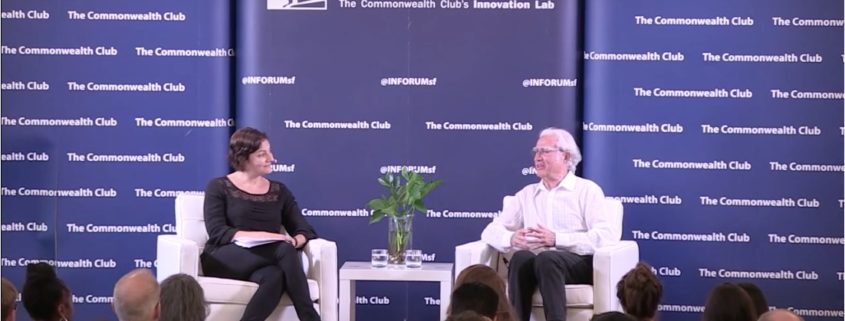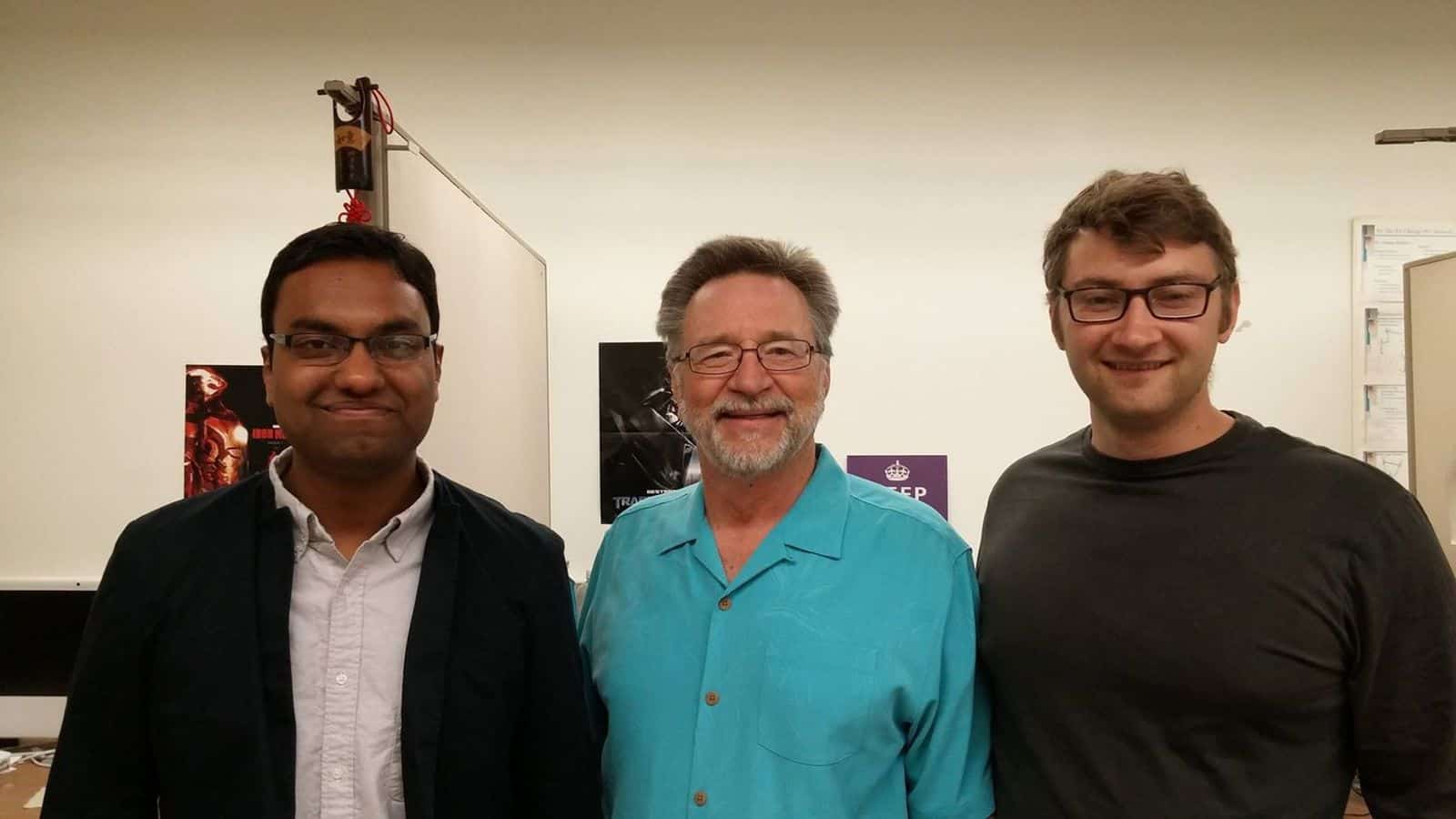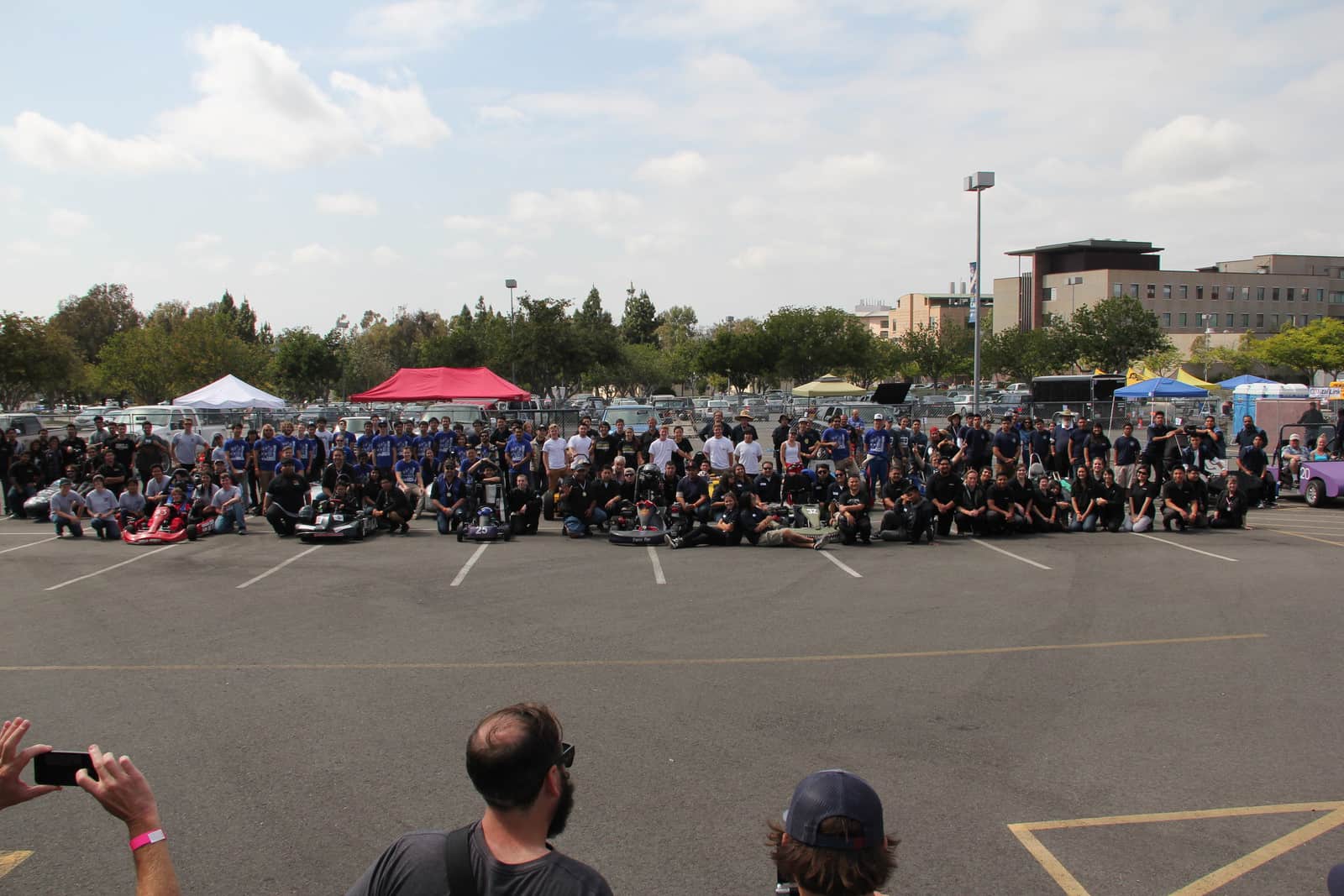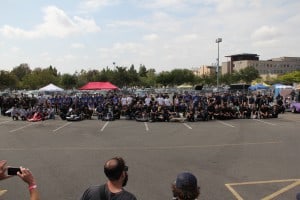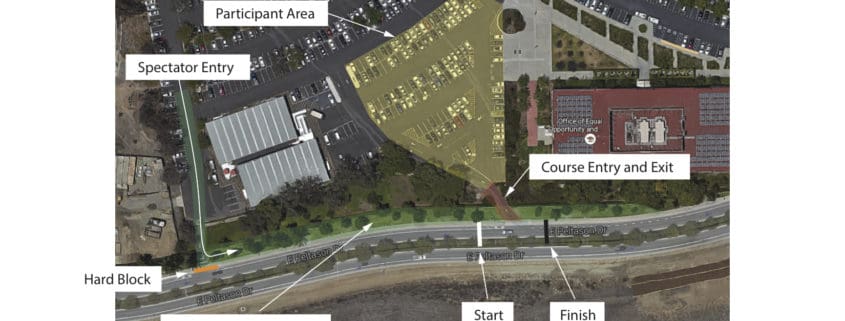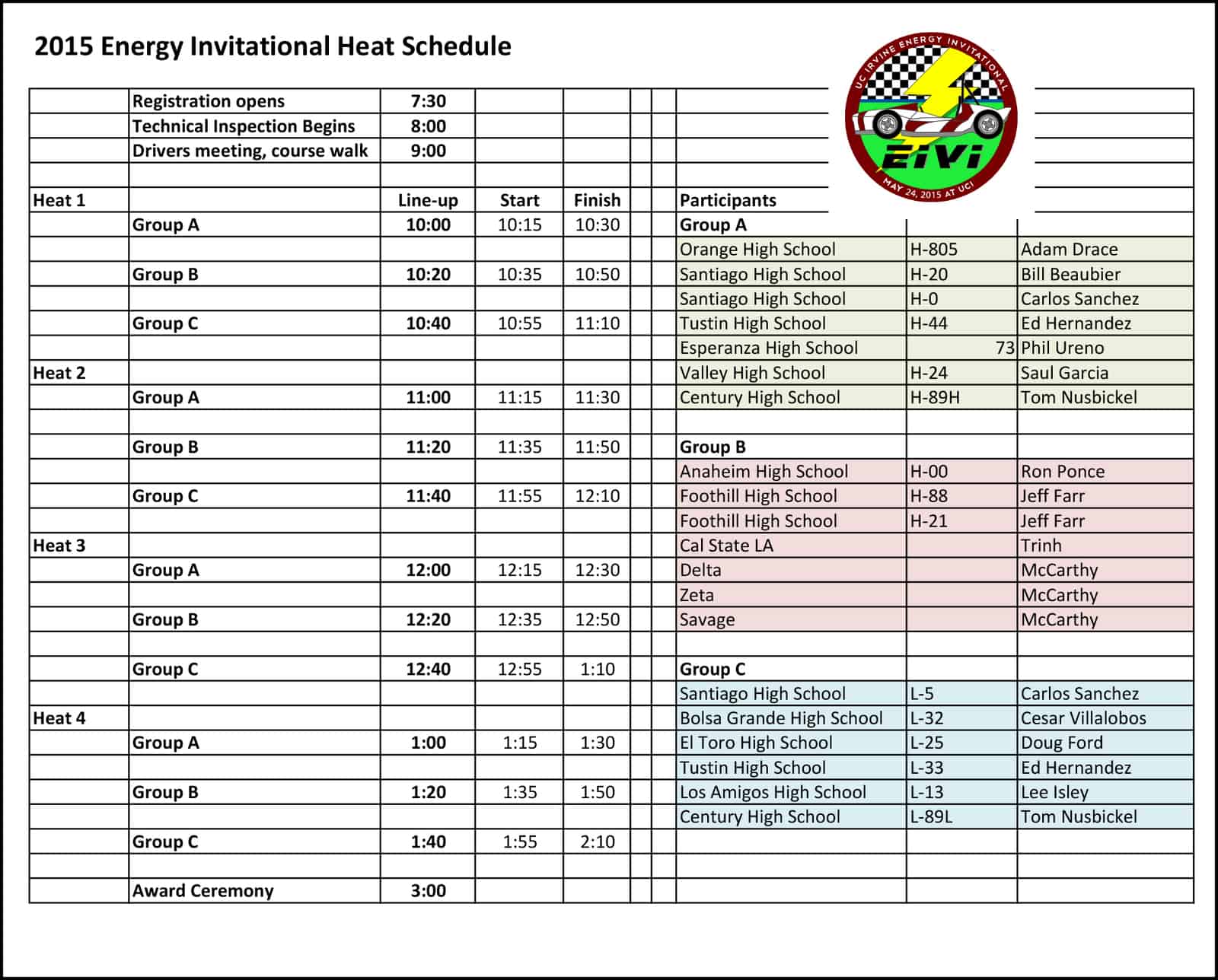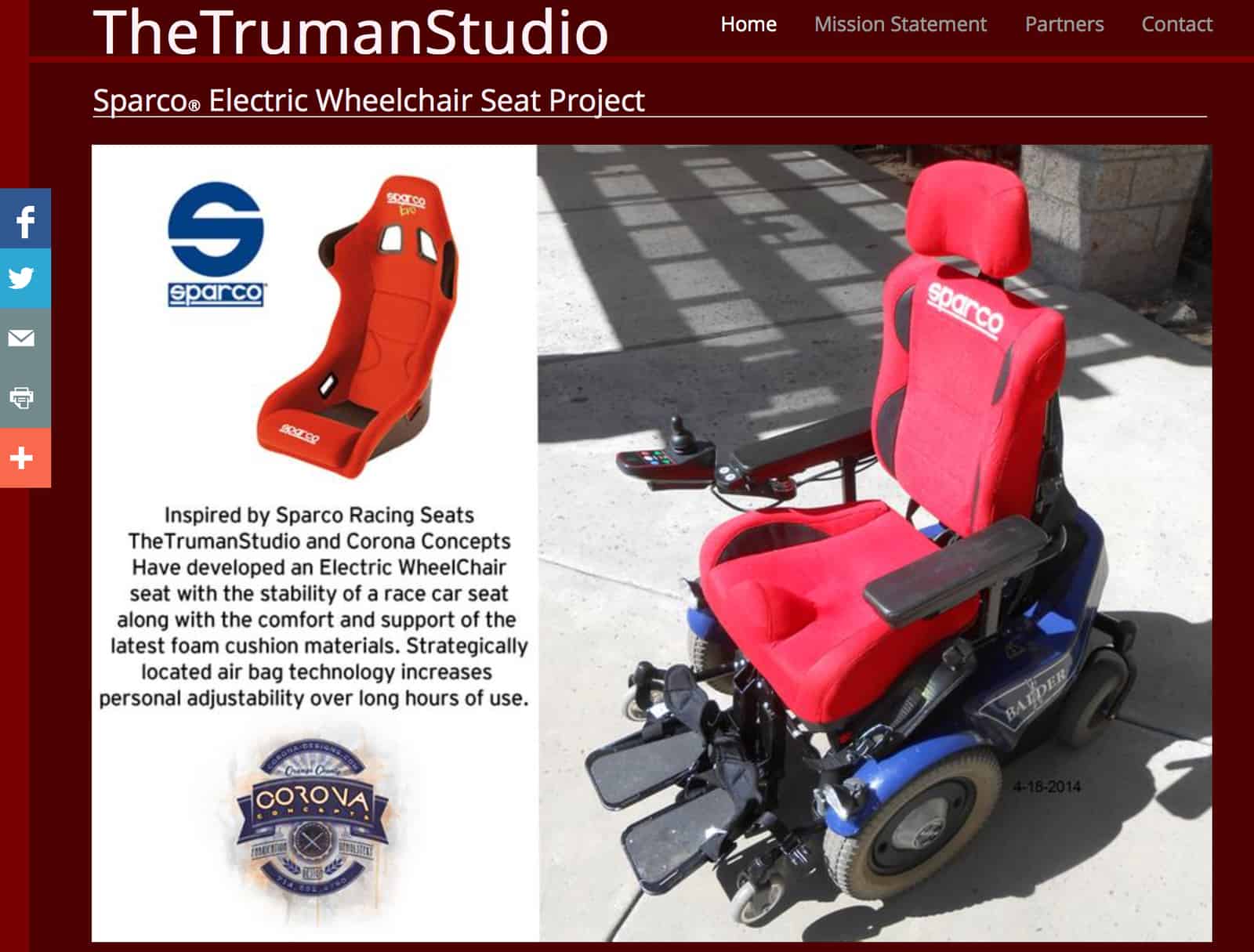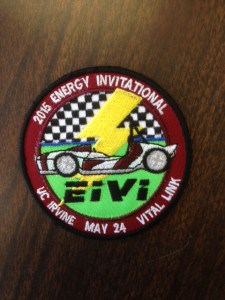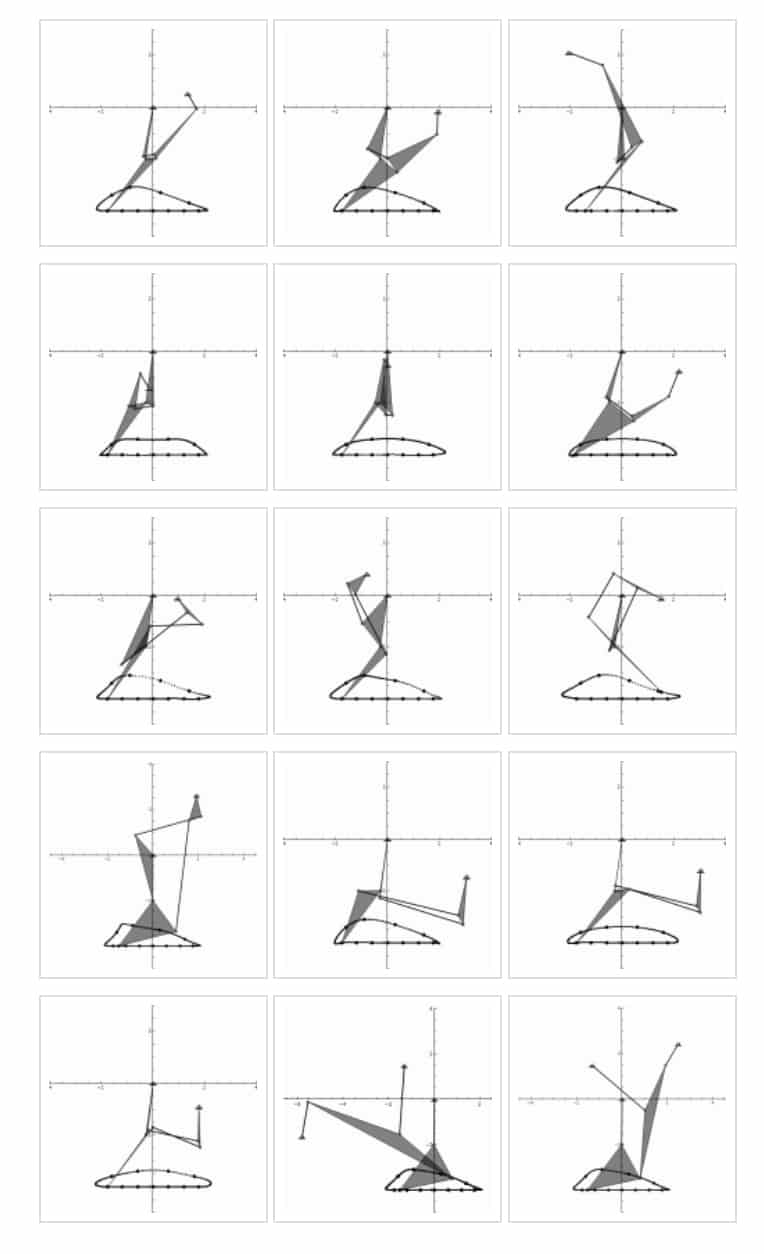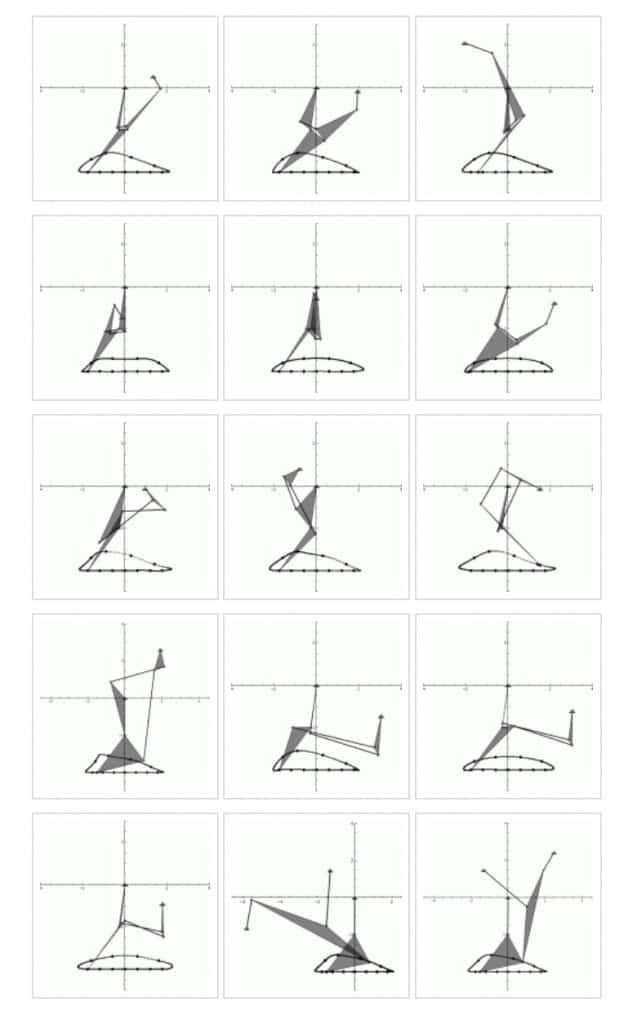Bernard Roth: The Achievement Habit
I found this book to be remarkable. First, because the initial chapters resonate so clearly with my own experiences over the past 10 years guiding large student teams through project-based learning to complete the design, manufacturing, testing and eventual participation in intercollegiate race car engineering competitions. Initially, I thought what was required was technical expertise so I focussed on preparing the science and technology in an effective way so the students could understand it. Then, it seemed the challenge was poor fabrication skills, so I coordinated specialized training and found advisors to help.
However, I eventually found that the real challenge lay in helping the students to understand how to work together. For example, I now know that every year I must manage the crisis that students experience as they face the enormity of a project that requires that they trust each other. Because students instinctively control everything that impacts their success, they resist collaboration and take on more and more until they are overwhelmed.
This is one of many principles that Bernard Roth presents in the first four chapters, and the one I can rightly say that I stumbled upon myself in 10 years of involvement in project-based learning. So it is satisfying to see his clear explanations and examples of how these principles are critical to project-based engineering education.
But the real reason that I find this book to be remarkable is that the last three chapters anticipate, explain and provide guidance for recent deep concerns that I have regarding the future of my project students. Let me try to explain.
While I know Bernard Roth well, it is primarily as a masterful research scientist, who regularly over the course of his career formulated and solved problems that are now considered to be at the foundation of Robotics theory. I also knew that he was part of a team of faculty who regularly provided creativity workshops around the world, and that this activity evolved into the academic principles that guide the successful Hasso Plattner Institute of Design at Stanford University. Yet, I was never directly involved in one of these workshops, though I can now see that exercises in a design course at Stanford years ago were precursors to what he has refined and presents in this book.
For over 20 years, I taught engineering courses by working diligently to organize the material in what I thought was a clear and compelling way, present it to the students, and engage them with homework and tests to see if they could repeat back to me what I felt was important. As I got better at this, I became more efficient, providing students a complete package of notes, well-design homework exercises, and tests that guided their studies. And they became more efficient as well, providing me what I wanted with minimum effort. However, I began to get the sense that my students did not consider this experience to be any more meaningful than a hazing process for admission to a fraternity.
My intuition was verified dramatically, when I became involved in project-based learning. After almost two years working for a robotics company and experiencing the messy challenge of guiding a team of engineers to a successful product launch, I found that I had little interest in the lecture, homework, and test process. So an unlucky group of students, who were hoping I would just sign their advisor paperwork and leave them alone, found that I wanted to meet with them weekly. I had no idea what they needed, so I lectured to them about the technology of their project and how companies are organized to accomplish the kind of designs that they were working on. They built the worst mini-baja race car ever, but we made it to the competition and it was an amazing experience. Furthermore those students went on to great success, probably now knowing what not to do in engineering design.
I have since advised larger and larger groups of students working on more challenging technology, and I even started my own race so my students could compete with other college and high school teams in the design of energy efficient race cars. Somewhere along the line, I stopped lecturing on the science and technology of race cars and focussed on teamwork. I have found that our students have plenty of knowledge that they do not use, so providing more information is no help. In contrast, it is simple things, like what is addressed in Bernard Roth’s initial chapters, that they need to make progress. Things like “stop trying and start doing,” “learn by building prototypes,” and my favorite for beginners, “do not make things up, just say you do not know,” and “listen to what is being asked, not what you think is being asked.” Combine this with identifying goals and requirements, organizing shared effort and a division of labor, add regular progress reports and effective communication, and the results are stunning.
And this brings me to the last three chapters of this book. If the goal of teaching is to verify that a student has received a particular package of knowledge, then it is easy to conclude that it is the student’s fault, if they are not able to use this knowledge successfully. In contrast, because project-based learning results in something that explicitly demonstrates the capabilities of a student team, it is difficult to blame a student who has achieved an outstanding outcome in their project work for any difficulty they have finding a successful engineering career. Unfortunately, I can think of a number of very capable students, who demonstrated outstanding technical knowledge, communication skills, and management expertise, and who either had difficulty finding the engineering job they wanted, or chose to leave good engineering jobs for various reasons. There is no doubt that every case is different, but for some time now I have felt that there was a dimension to project-based engineering education that goes beyond the design project and involves life experiences and expectations. I have tried to discuss this with colleagues without much success, and therefore I was stunned to see the boldness of Bernard Roth’s explicit choice to include one’s life trajectory, meaning and perception of success as part of the challenge of project-based learning. It will take me time to process this, but there is no doubt in my mind that this is the right insight at the right time.
Bernard Roth could have written a landmark book in Robotics, and perhaps will in the future, but thankfully he has chosen to capture decades of experience in what is now known to be a critically important part of engineering education. There are many books on the design process that include exercises for creativity. However, there is no book that addresses so directly the many dimensional challenge involved in guiding a student team through the difficulties of working together to accomplish a complex design and manufacturing goal, and, as I see now, their personal goals. Some may consider the focus of this book too far from the normal concerns of engineering, but I disagree. And while his insights may have broad applications beyond engineering, I know that they can provide a practical benefit to my project teams.

